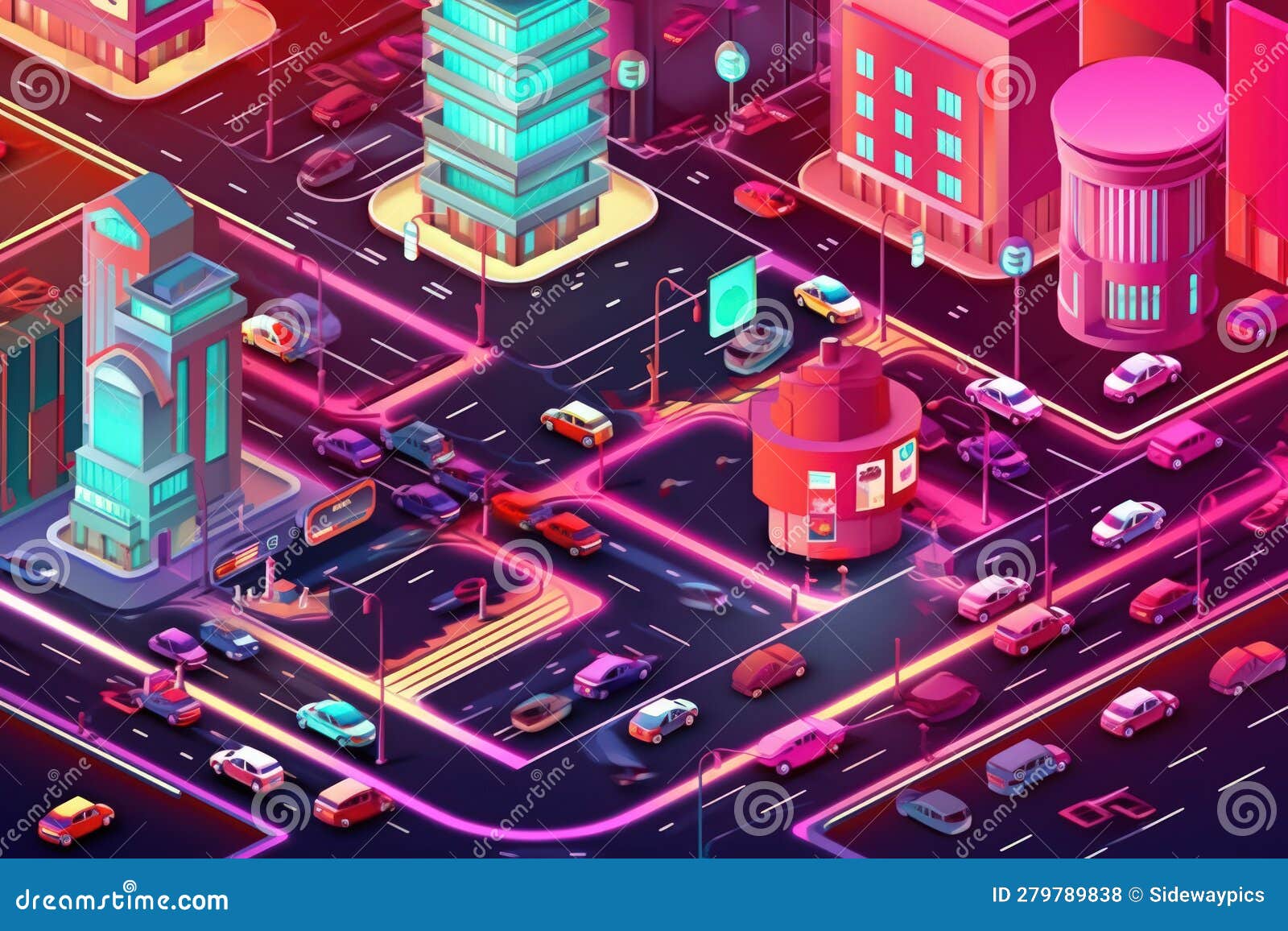AI In Traffic Management Illustration Circuit Diagram Abstract: In rapidly urbanizing cities with increasing populations, the challenges of managing traffic are becoming more pressing, highlighting the need for advanced technologies. The Advanced Intelligent Traffic Management System (AITMS) is a comprehensive solution designed to address the persistent challenges of traffic congestion, poor traffic management, and air pollution in densely
🔹 5G-Powered AI Traffic Systems - Faster real-time data exchange for ultra-efficient traffic management. 🔹 AI-Optimized Ride-Sharing & Carpooling - Smart algorithms to reduce private car dependency. 🔹 AI-Integrated Drone Traffic Monitoring - AI-powered drones scan road congestion and provide live updates. Benefits of AI-Powered Traffic Management. The use of AI in traffic management has the potential to significantly change how people travel. Let's highlight some of the benefits of using AI for traffic management. Reduced congestion: AI can power numerous traffic management solutions, from adaptive control systems to decision-support systems The rapid urbanization of cities and increasing vehicular congestion have posed significant challenges to traffic management and safety. This study explores the transformative potential of artificial intelligence (AI) and machine vision technologies in revolutionizing traffic systems. By leveraging advanced surveillance cameras and deep learning algorithms, this research proposes a system for

How AI in Traffic Management is Helping to Ease Traffic Congestion Circuit Diagram
AI in traffic management systems can also optimize routes for vehicles, reducing overall travel time and fuel consumption. For instance, AI-powered navigation apps analyze real-time traffic data to provide drivers with the most efficient routes, avoiding congestion and delays. AI in traffic management can optimize public transportation systems. As the number of vehicles rises, there is a problem with traffic congestion on the roads. This problem is characterized by slower speeds, greater time spent travelling, and more congestion in the traffic lanes. In addition to raising resource prices, accidents, and environmental harm, it affects a country's economic growth. Using traffic control signals at crossings is one of the most feasible Benefits of AI-Based Traffic Management Systems. Reduced Congestion: AI's ability to process vast amounts of data in real-time ensures smoother traffic flow, reducing delays and bottlenecks. Lower Fuel Consumption and Emissions: Improved traffic flow minimizes idling time, leading to reduced fuel usage and lower carbon emissions. Enhanced Safety:

A survey on AI-based traffic management systems. Journal of Traffic and Transportation Engineering (English Edition), 7(2), 183-198. Research on urban traffic congestion prediction based on road With over 1.47 billion vehicles on the roads today, efficiently tracking and managing traffic has become an increasingly complex challenge. Traditional methods struggle to keep up with the volume and dynamics of modern traffic. This is where Artificial Intelligence (AI) steps in, as a game-changer for traffic management and road safety technology using real-time, data-driven solutions that An adaptive road traffic control system, or ATCS, is a type of traffic management system that uses artificial intelligence (AI) to optimize the flow of vehicles through an urban area. It can reduce waiting time at traffic lights by up to half and help city authorities better understand ground conditions and traffic trends.
